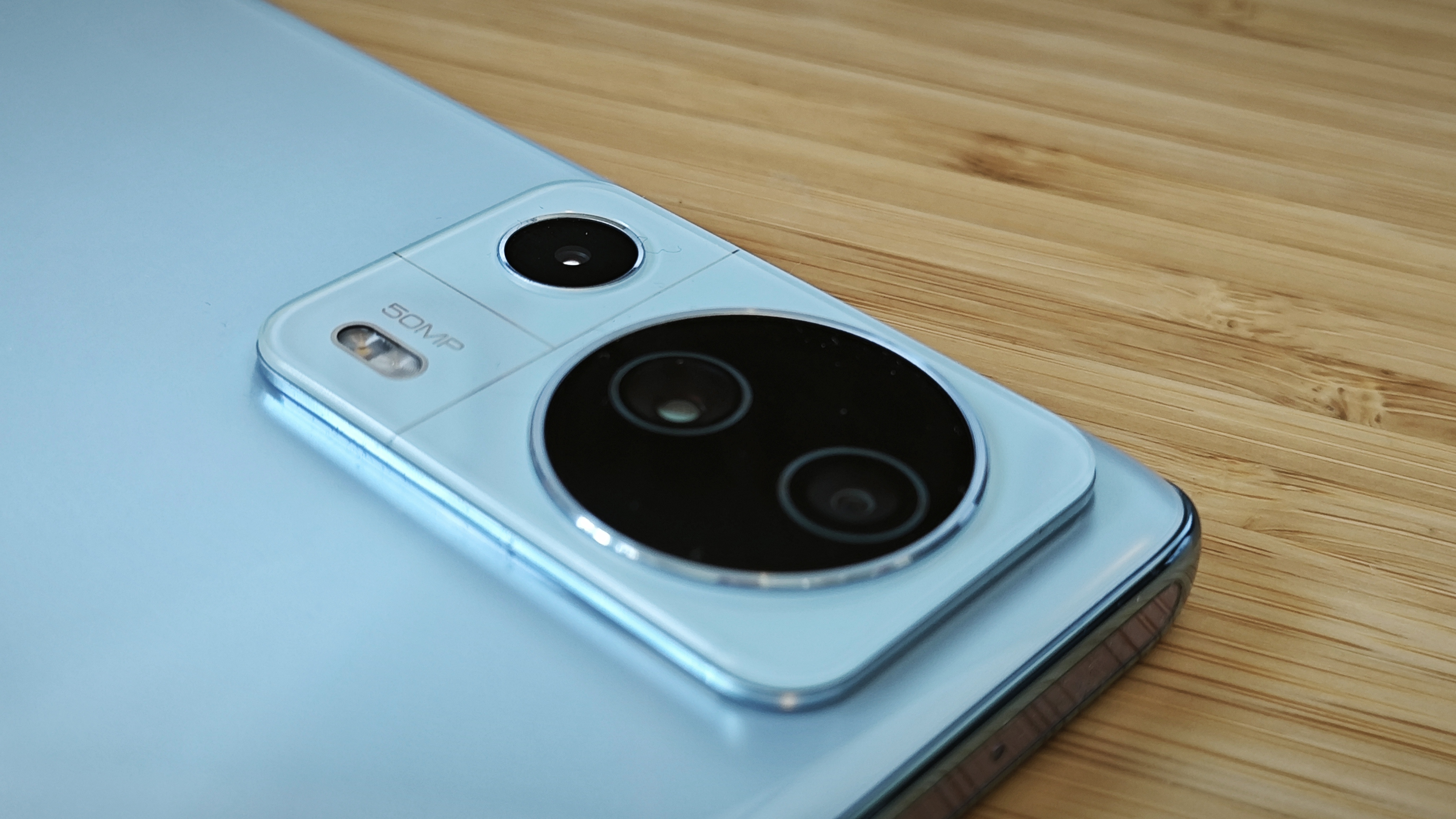
The Xiaomi 13 Lite is the third Xiaomi I've tested in the last few months, having already had a thorough go on the no-holds-barred Xiaomi 13 Pro and the mainstream flagship contender Xiaomi 13. And with those latter two making a mighty strong case for the Mi conglomerate becoming a serious alternative to Apple and Samsung phones, I was keen to see whether the discount model would disrupt the midrange market in a similar way.
Midrange camera phones tend to straddle the border between competing among the best camera phones and best budget camera phones on the market, either not high-specced enough for one category, while being too expensive for the other.
Priced at under $/£400, the 13 Lite is just cheap enough to qualify for the latter, though, and after a couple of weeks of living with it as my daily driver and go-to snapper, I'm tempted to want it included in at least one of those lists...
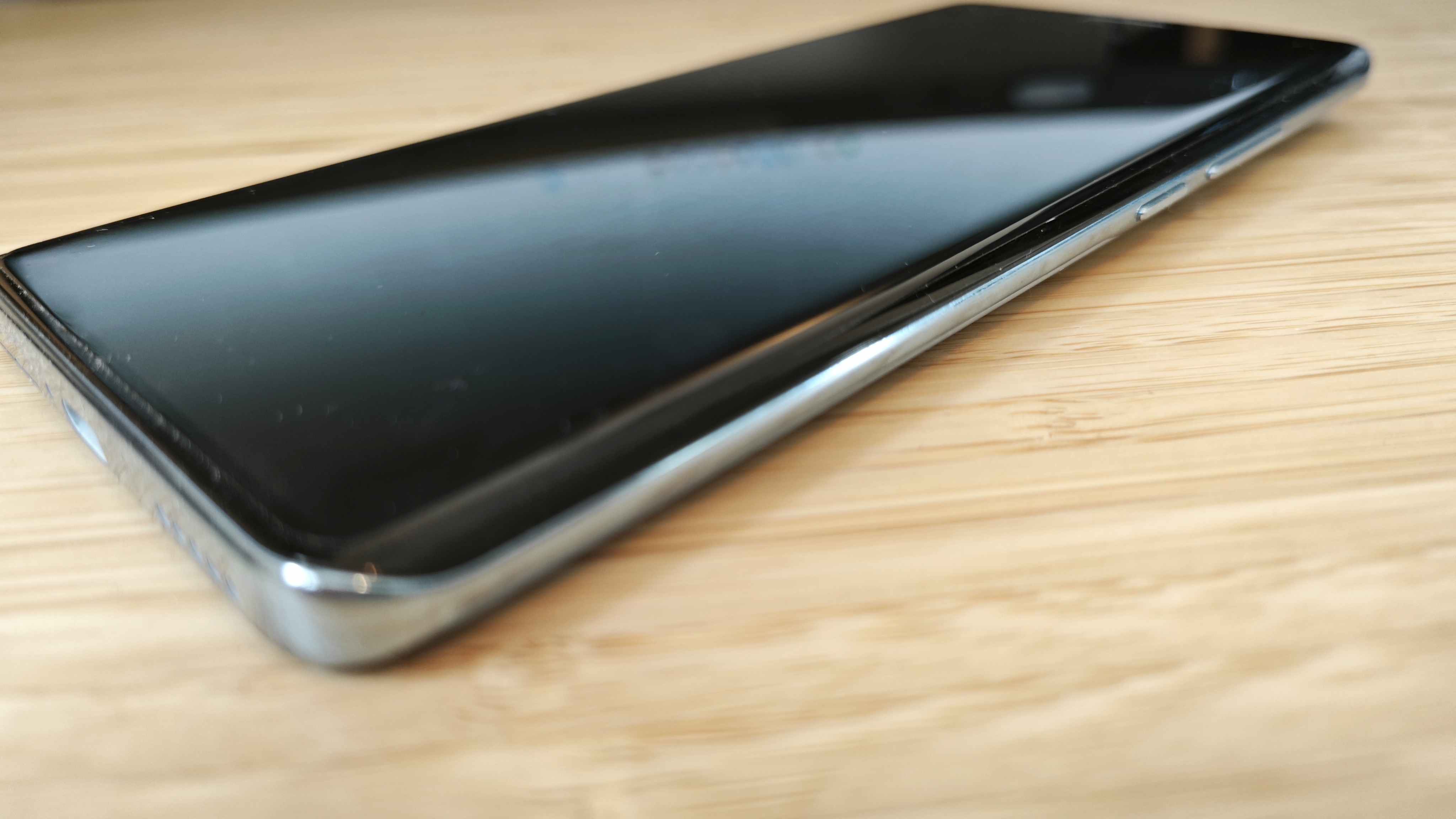
Xiaomi 13 Lite review: Key specs
Design and build
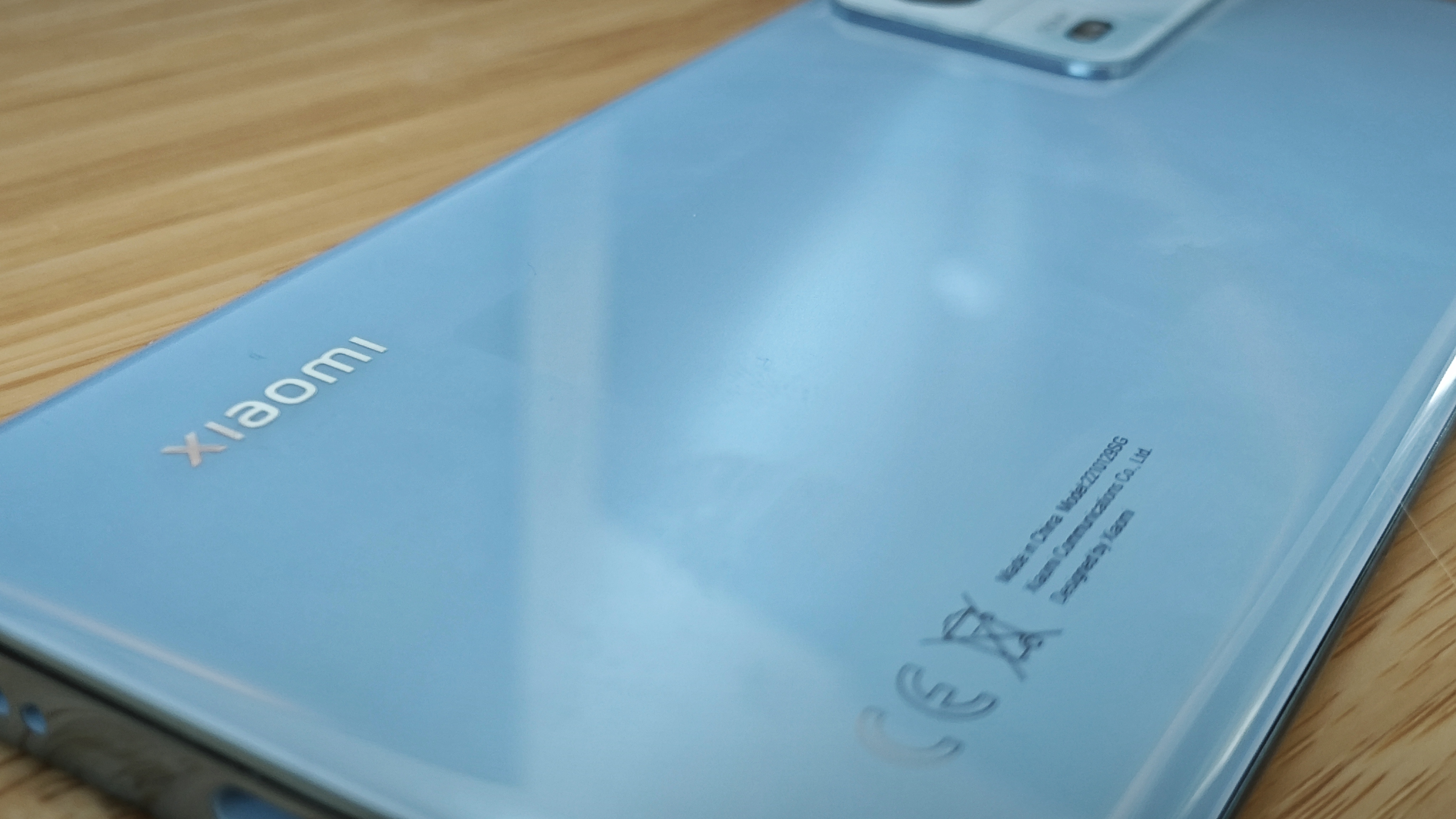
The Xiaomi 13 Lite is, as the name suggests, the diet cola version of the Xiaomi 13. Yet it looks very little like its mainstream sibling, instead taking its design clues from the overpowered big brother, the 13 Pro. A 6.55-inch curved screen with a sleek back that's available in three colours at the time of writing (Black, Lite Blue, Lite Pink) greets you upon opening the box, rather than the flat-screen, rounded-corners, iPhone-like exterior of the more normcore 13. The only difference between the Pro and Lite here is that while the Pro has a fancy (and near-unscratchable, as I found out, definitely on purpose) ceramic back, what we have here is cost-saving plastic. Still, looks very nice.
It makes for a relatively lightweight phone, for one with such a large screen, at least, at 171 grams, but the Gorilla glass on the screen is reassuringly tough to the touch (even if it, and the back, does smudge liberally).
There's a SIM-card slot here, but no SD slot, which isn't a surprise considering the 13 and 13 Pro don't have one of those either. The choice you have here is at the point of purchase, where you can either get 128 or 256GB of internal storage to complement the 8GB RAM. There's a USB-C port for charging, and a 67W fast charger is included in the box.
It feels comfortable to hold, but like the 13 Pro, the curved screen continues to be my clumsy palm's bane, with repeated accidental inputs of the letter 'p' when typing suggesting I really need to update my phone-holding tactics in this brave new world.
Features and screen
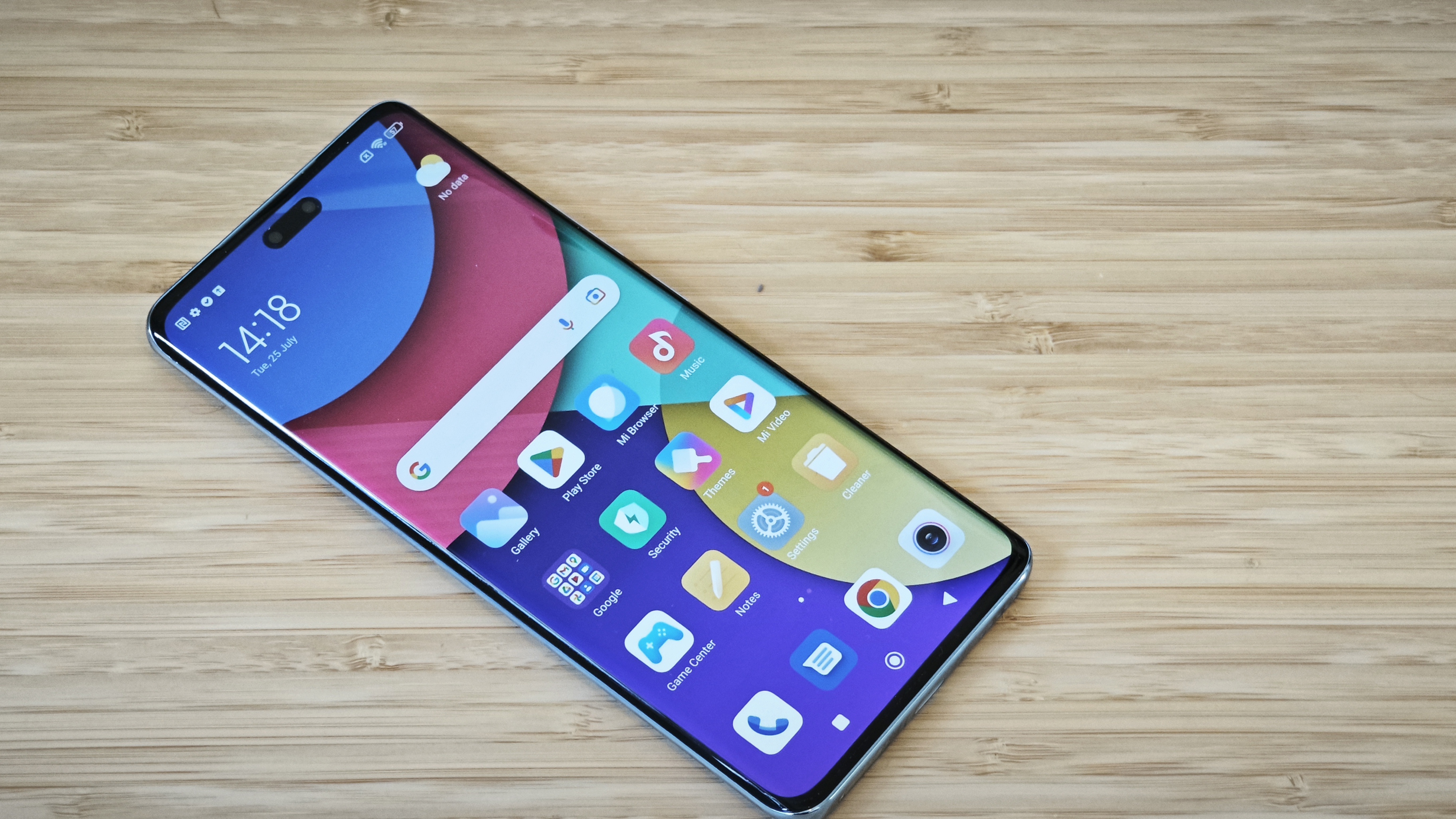
Like the 13 and 13 Pro, the Xiaomi 13 Lite runs on the Android-based MIUI 14 OS. In essence an Android ecosystem, it's borrowed a few interface options from iOS, but like seemingly every Android-adjacent phone, it's also borrowed a gleeful love of bloatware.
An optical fingerprint sensor is under the screen for unlocking, with fast charging available via the included 67W charger. It duly charges the phone in around 40 minutes as stated, so I was never running on empty for too long.
There's NFC and an infrared port, but no wireless charging, which isn't too surprising considering the cheaper price point here, but I would have loved it to gradually charge as it lay on my Qi-enabled desk, the spoiled brat I am.
The screen is pretty much identical in size and shape to the 13 Pro's. However, this one has a slightly lower resolution (1080x2400, identical to the mainstream 13), which still puts out over 400ppi at 1000-nit peak brightness, so is perfectly serviceable to watch videos and TV on the move, even outside, only hampered by the brightest of sun rays.
The photo and video-editing app included is near-identical to the one in the 13 and 13 Pro, but the lens on the back (and front) isn't. Where the others have the highly touted (and supremely capable) Leica-engineered lens and sensor, the 13 Lite makes do with a more generic 50MP wide-angle lens, an 8MP ultrawide and my personal favourite, a 2MP Macro lens. On the front it outdoes its bigger siblings, though, perhaps as a nod to its more generalist social-media-centred target audience, with a dual front camera, one 32MP ultrawide selfie cam and an 8MP depth one as well.
The model I tested had 8GB of RAM and 256GB of storage. As stated above, there's no SD slot, so it's a no can do on any expansion here. You just have to choose between 128GB and 256GB of storage when you buy it, depending on how space-hungry you are.
Camera



Like I said before, there's no Leica lens on the Xiaomi 13 Lite, unlike the 13 and 13 Pro, but the native 50MP main camera offering is still very capable, producing sharp, bright and easily adjustable snaps, helped by the simple but intuitive camera app editing options.
There's also an 8MP ultrawide lens for landscapes and panoramas, which does a decent enough job without blowing any minds. The Macro is fun to use, if you're me at least, and produces pretty ultra close-ups that don't need too much post-processing.
You can shoot 4K video at 30fps here, or 1080p at up to 120fps, with the ultra-slow-motion 960fps setting limited to 720p, so, unfortunately, you'll need something more capable to recreate The Matrix in studio quality, although what you get here is fully competitive against its price-point rivals, for example far outdoing the mere 1080p video offering on the Google Pixel 6, and about comparable to the more expensive Pixel 7.
Performance and battery life

Despite dropping half the price tag off the flagship model, the Xiaomi 13 Lite doesn't retreat from its big sibling's Snapdragon to a budget MediaTek processor. Instead we get a SM7450-AB Snapdragon 7 Gen 1 processor, with four A710 cores and four A510 ones, balancing efficiency and performance.
Benchmark testing does show up the difference between the 13 and this cheaper model in starker terms, though. Where the 13 scored an S23 Ultra-beating 5,200 in a multi-core Geekbench 6 test, we yielded a mere 2,670 points, which still puts it only slightly behind the Google Pixel 7, to be fair, and on par with the likes of Samsung Galaxy Note20 and OnePlus 7 Pro.
It uses Bluetooth 5.2 so isn't quite the latest gen of Bluetooth tech, but it's got WiFi 6, and performed well in both areas for me when it came to picking up and retaining reception and pairing with devices.
The Xiaomi 13 Lite has the same 4500 mAh battery that the 13 has, but due to slightly less capable efficiency cores in the processor, it didn't yield quite the same longevity as big bro. I could use it for most of two days in moderate use and by deploying battery saver modes when the lights got low, but heavy constant use of resource-intensive apps would drain it a little before the end of one day. I didn't perform a dedicated endurance test on it like I did with the 13, but other online sources average around 92-93 hours there, which rhymes with my comparative experience of the 13 Lite against the 13.
Price
You can buy the 256GB version in the US for $369, but confusingly, the only option available on Mi's UK site is the 128GB one, which retails for £399. The 256GB version can be had in the UK, but it seems mostly via import, so I advise you to be wary of where you're getting it from if you go for that option.
This price puts it alongside some of our best budget camera phones when it comes to financial impact, which I think is fair considering its impressive performance.
Should I buy the Xiaomi 13 Lite?
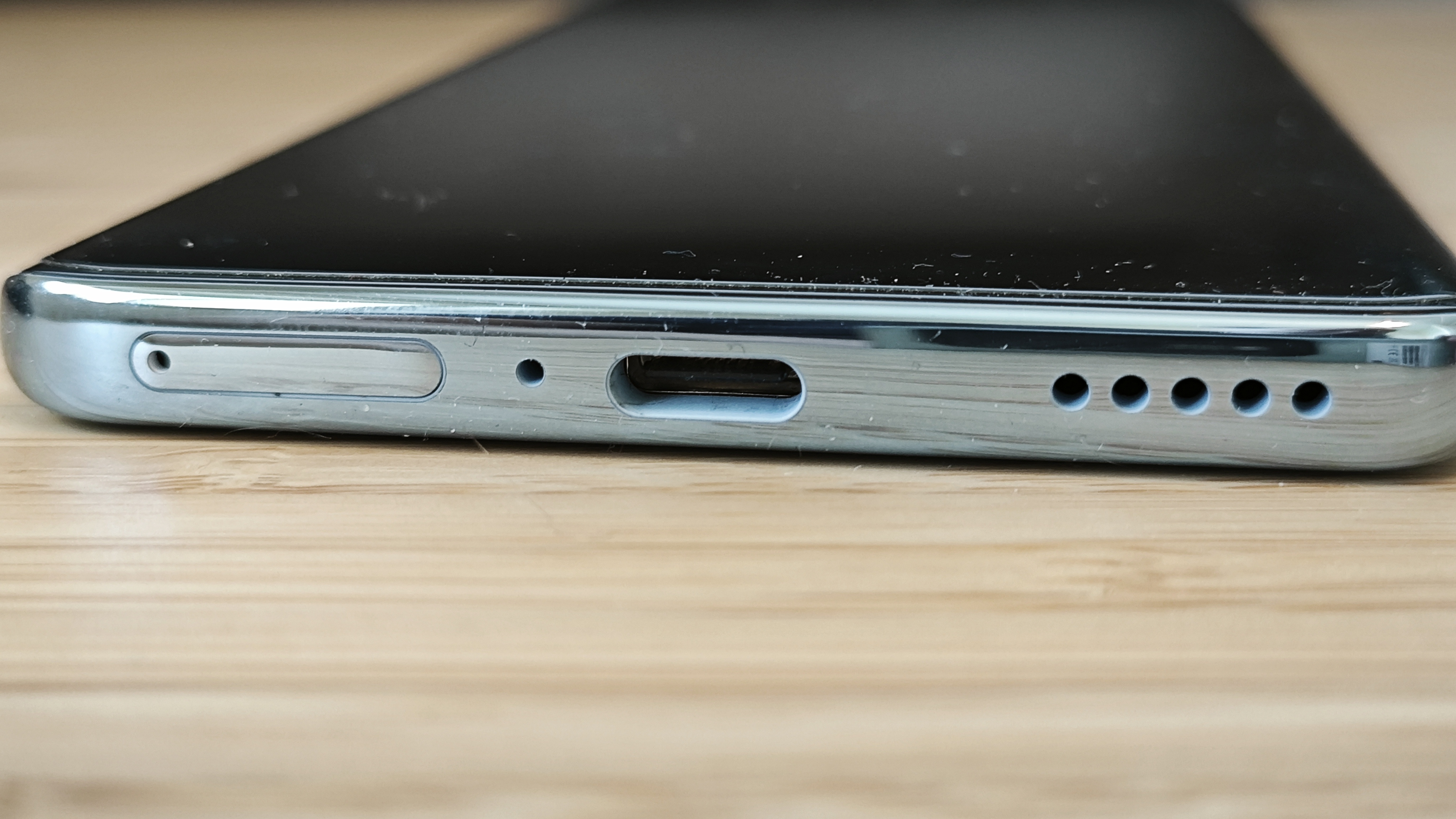
With a price tag just under £/$400, you can look at the Xiaomi 13 Lite as fancy option among budget phones, or an affordable midrange phone, and it will come out favourably either way. Like its more expensive siblings, the 13 Lite undercuts its competition in price terms by knowing where to save while still providing everything its target audience really wants out of a phone, and if you don't mind spending a little time clearing out all the bloatware before you get stuck in, you'll surely find this as one of your favourites among the best budget camera phones. I know I did.







